1905 movie network feature "With us around, the remote water supply can’t be cut off." In the movie, the firefighter Xu Xiaobin, who plays the role, jumps into the sea full of oil and flames in order to clean the water pump.
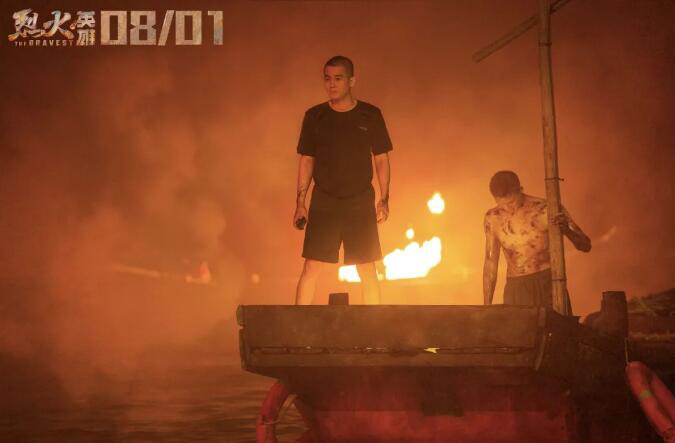
He worked hard to repair, and the final image of his unfortunate sacrifice was vivid and heroic in the lens of the underwater photographer, causing many viewers to cry.
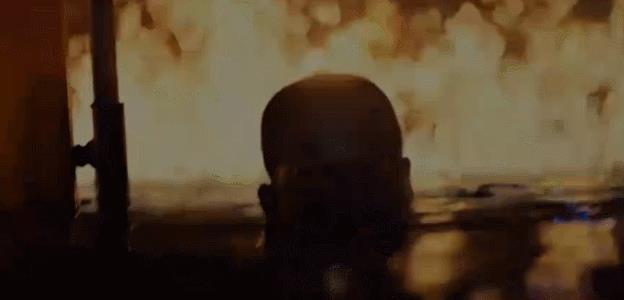
In the movie, the "Expendables" attacked Jingzhou City by water, and the surging light and shadow added another "color" to the black and white ink painting.
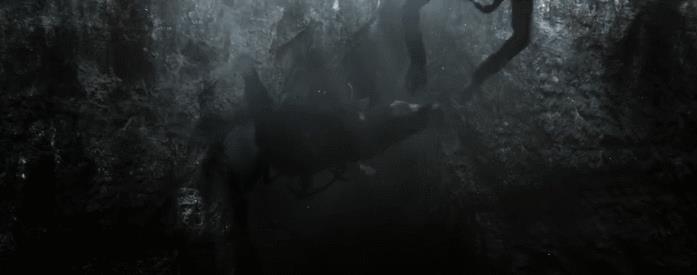
Here, the photographer and the eldest brother soaked in the biting cold water for several hours before completing the drama of diving in the ice cave. The underwater world in the lens is quiet and beautiful, which is fascinating.
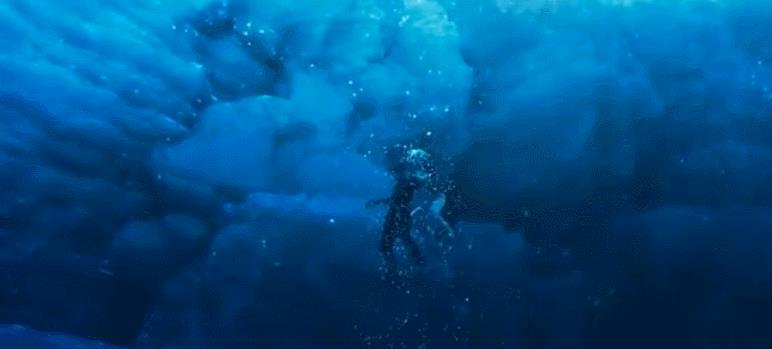
How did the amazing underwater shots in the movie, either thrilling or beautiful, work, and how did this special group of underwater photographers, little known to audiences, work?
In this issue of "Behind the Scenes", let’s follow Sun Xun, a well-known domestic underwater photographer who has been in charge of films such as "Shadow", "Kung Fu Yoga" and "Hero of Fire", into the "underwater mystery" behind the lens.
01. Every shot is a story
After seven years of formal employment, he was responsible for the underwater shooting of countless movies, TV series, documentaries and advertisements. "Heroes of Fire" has always been fresh in Sun Xun’s memory. Since the film is set in the context of an oil pipeline explosion, there must be oil stains, garbage and flames in the seawater. In order to realistically restore the effect of seawater, the art and props team "mixed" pieces of sticky oil stains with starch and paint, and also put in fresh scallops, oysters and other kinds of seafood. The flames are also real burning, which also poses a big challenge to the underwater photography team.
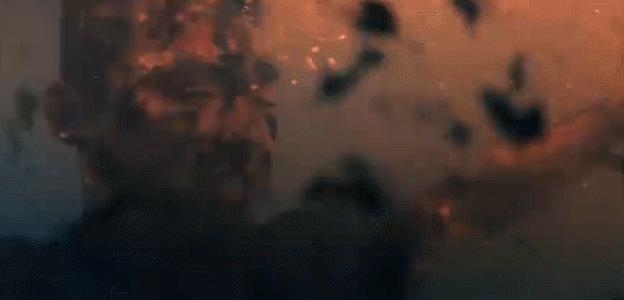
"The camera, the diving equipment, and the face are all covered in a layer of black oil, just like a miner. After shooting for two days, the seafood was soaked for two days, just like a pot of seafood soup, and finally the whole equipment had to be cleaned. But the props team really bothered to have the final real effect." Sun Xun said. At the "Fire Hero" press conference, recalling the shooting experience, Ou Hao said that he almost drowned and experienced a terrifying moment. In the movie, he was shown with a rope tied around his waist, but in the actual shooting, after going into the water, the person kept floating up, and he could only tie the rope to his feet to let people pull him underwater. In addition, shooting outdoors in winter was very physically exhausted, and he could not advance or retreat for a time. "Even now I think about it, I am still a little afraid."
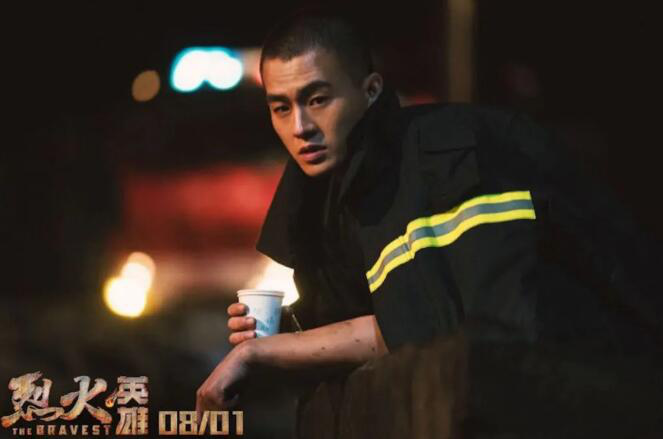
Sun Xun also praised Ou Hao’s contribution: "The actors are very hard-working, and the director and staff are sparing no effort to recreate the tension at that time… China lacks such a film, and we feel honored to be able to participate in the shooting of such a key scene." If the key word of "Hero of Fire" is "bitter", the largest film that Sun Xun has participated in "water drama" is the crime film "Involved in the Sea of Anger" that will be released in the summer. In order to show the human entanglement in extreme environments, there is a long sea shooting in the film, and even Huang Bo, who has excellent water quality, calls it "the most tiring in history".
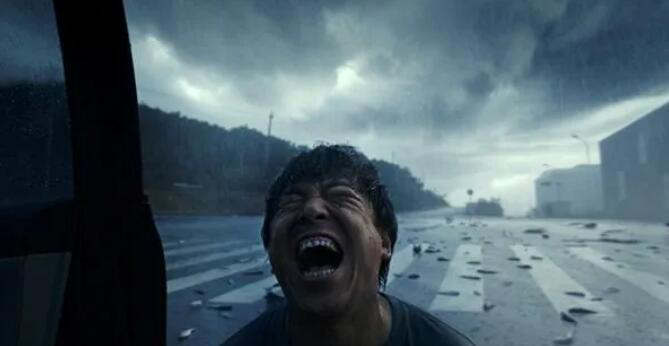
Sun Xun also felt the same way, "I first shot in the open sea, the sea was very windy, and I was seasick and vomited, which is also an embarrassing thing for me as an underwater photographer. Then I shot a big play in the water shed. Teacher Huang Bo is famous for his water quality, and the completion is very high. He also cooperates well with Teacher Zhou Xun. In addition, the underwater is a dual-camera shooting, and there is a scene of escape in the car. I am looking forward to the effect of the film." Underwater shooting can be both exciting and beautiful and romantic, and the starring literary film shows this.
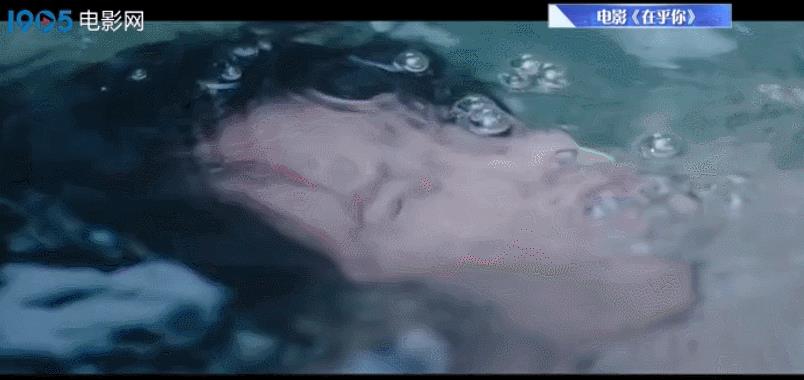
"Although the film was not very difficult, the shot was very beautiful. At that time, it was Yu Feihong’s inner scene. The beauty of the underwater shot and the mood of the actors fit perfectly. It had the temperament of an Asian literary film. It was the most satisfactory scene from the creator’s point of view," Sun Xun said.
02. Tired and happy
Sun Xun studied engineering at university, but chose the translation industry for his work. When he worked as a translator for a film crew, he began to get involved in photography because of his interest. It can be said that his career has been challenging himself.
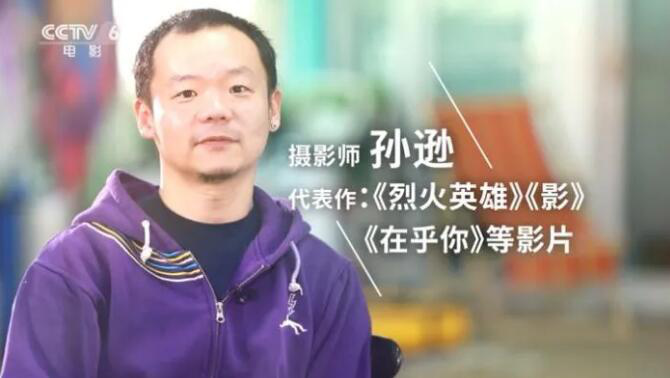
In the process of engaging in film and television photography, Sun Xun found that underwater photography teams in China are very scarce. "The film industry is developing rapidly, and industrialization is becoming more and more complex. At that time, there was a wave of aerial photography, and we thought that we might be able to do it underwater."
In this way, from the "dry duck" who couldn’t even swim at the beginning, to the diving expert who could control the machine in the water and move around, Sun Xun and the team developed a set of underwater photography methodology almost from scratch.
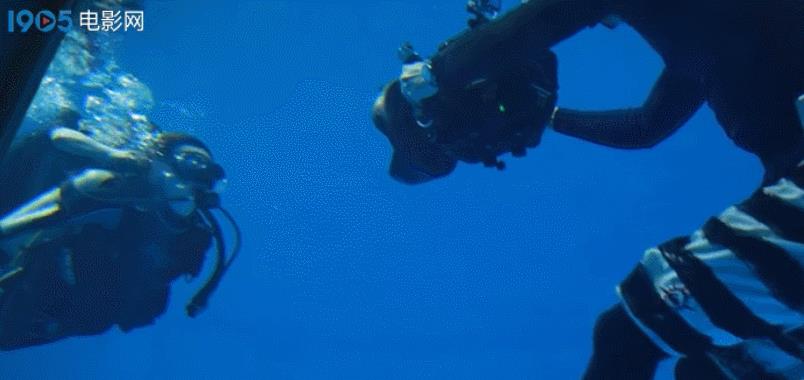
There were many differences between underwater photography and shooting on the ground. In particular, shooting in the field was greatly affected by the weather and water conditions, and it was difficult to communicate underwater and underwater. There were three core members of the team, each performing their own duties, and all of them were indispensable: Sun Xun was responsible for the underwater handheld, composition, and camera movement; the second person was responsible for monitoring the focus on the ground and communicating with the ground photography team; there was another person responsible for equipment, coordinating actors, adjusting underwater props, costumes, etc.
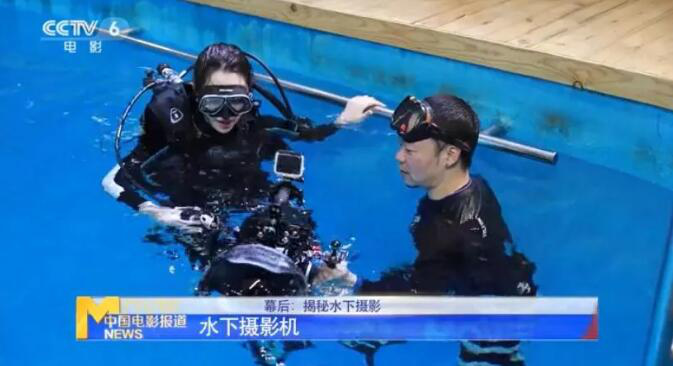
At the same time, the photographer also has to have multiple roles while holding the camera, not only to control the buoyancy, but also to control the machine, to ensure the focus and composition during the movement, and to always pay attention to the safety of the actors. Many directors are not familiar with underwater shooting, and the pre-designed split shots are difficult to complete in actual shooting. For example, due to the influence of buoyancy, the actors will naturally float up when they fall into the water. In order to achieve the "sinking" effect pursued by the director, the team had to bury the Weiya point underwater, "so that they can pull it in reverse, so that they can control the people to slowly go down."
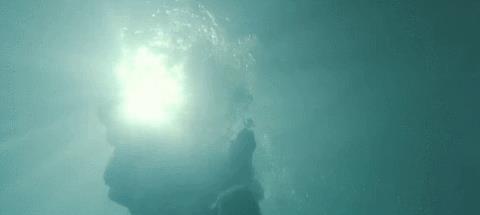
In addition, the actor’s water and physical fitness will also affect the shooting effect. The photographer needs to make an agreement with the actor in advance for underwater gestures such as "rise, sink, take another shot", and pay close attention to the actor’s state. At the scene, the host Roman also changed into equipment and challenged a "drowning scene" shooting. After just shooting for a while, not only did his nose get into water, but his physical strength was also exhausted, and he experienced the difficulty of shooting underwater.
Sun Xun admits that this kind of "hard work" is the norm in this type of work. Because the crew often focuses on shooting underwater scenes a few days ago or when they are close to finishing, the time is tight and the task is heavy. "Generally, it takes 14 to 16 hours to shoot every day, and sometimes even 20 hours."
"If you really come to the scene to watch our filming, you will definitely feel very bitter, but as people who love this profession, we are very excited to shoot, we don’t feel hard, and we don’t feel cold. My favorite is coming out of the water. The director said: Great, this is what I want, I feel very fulfilled!"
In the process of learning, Sun Xun often revisits the classic Hollywood films. As early as the 1954 film "Black Lake Demon Pond", the pioneers began to experiment with underwater photography, and he was deeply admired for his spirit of exploration.
In contrast, Sun Xun said bluntly that the domestic team has a lot of room for improvement in both technology and equipment, but he firmly believes that with the continuous improvement of the industrialization level of domestic films and the improvement of the process, the trickle will definitely merge into rivers and seas, and the underwater lens will definitely record more exciting Chinese stories.